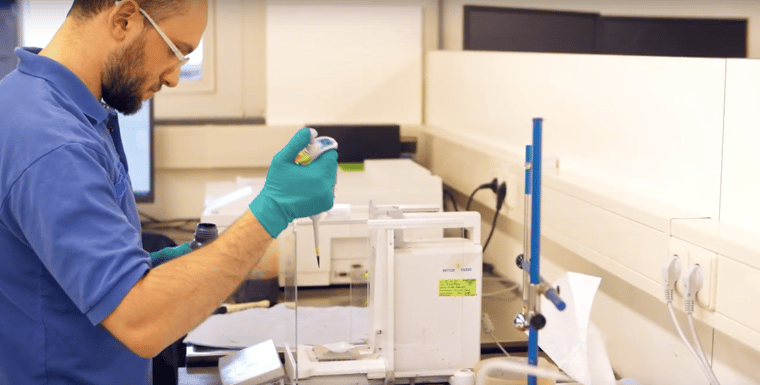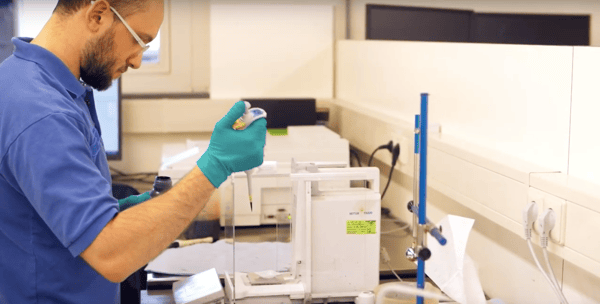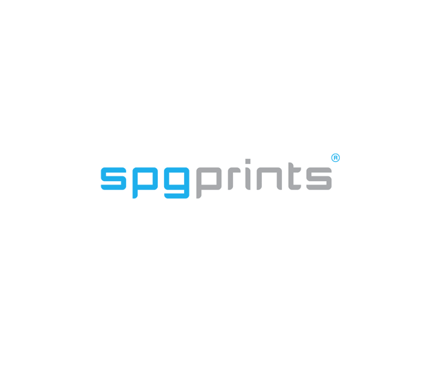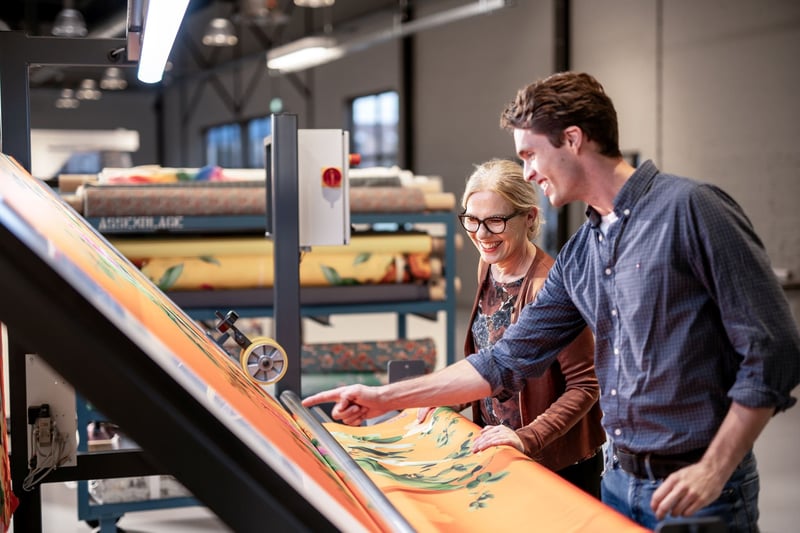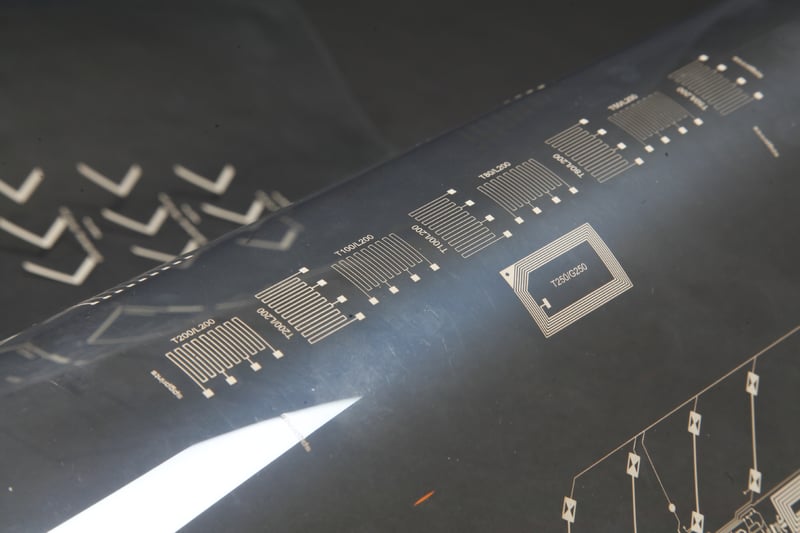Sustainability is becoming increasingly more important in today’s society, even in the more polluting industries. Luckily, new innovations help to make production processes less damaging for the environment. A great example of this is digital textile printing, which innovates the industry of textile printing. But does digital textile printing really allow sustainable textile printing by being less harmful to the environment than conventional textile printing?
Assessing the full lifecycle helps with sustainable textile printing
The ecological or environmental footprint is the effect that a person, company or activity has on the environment. By focusing on sustainability and the environmental footprint of printing on a daily basis, SPGPrints aims to achieve the highest print quality with the smallest possible footprint for our customers.
In order to reduce the ecological footprint of printing, a lifecycle assessment of the entire printing process is essential. A lifecycle assessment is a systematic tool that helps to collect and evaluate the potential impact of a product or process on the environment. This impact is expressed in Ecopoints. This lifecycle assessment takes into account the products, processes and systems that are required for production, from raw material to end result.
Exposing the environmental critical points of your product or process allows sustainable textile printing; you can prevent or remove critical points in a targeted manner!
A lifecycle assessment for rotary screen printing and digital textile printing allows us to compare both processes, and determine where improvements in terms of sustainable textile printing can be made. By influencing the whole lifecycle of the textile printing process - including the usage phase - SPGPrints wants to make sure textile printing becomes as sustainable as possible. To get a complete picture of the sustainability of a product, it is important to take into account the entire lifecycle, from cradle to grave. This can be subdivided into:
- the “cradle-to-gate” phase (from raw resources to factory gate), under direct influence of manufacturers like SPGPrints
- the “gate-to-grave” phase (the usage phase, from factory gate to the end of the lifecycle), determined by the actual situation at the user, the customer
Cradle-to-gate: sustainable production
In order to make the textile printing process more sustainable, it is important to know what aspects of the process have the biggest impact on the environment. This ecological footprint of textile printing is 90% due to the raw material (the nickel screens) and the electricity that is needed for the printing process. The remaining 10% is attributable to packaging and wastewater.
By recycling as much material as possible, we realize a sustainable textile printing process with little waste. This objective applies to both digital textile printing and rotary screen printing. But does digital printing actually have a more sustainable cradle-to-gate process than rotary screen printing?
As mentioned before, Ecopoints are used to index the environmental impact of products and processes. 100 Ecopoints equals the environmental impact of one EU citizen per year. The more Ecopoints, the bigger the environmental impact. In comparison, producing one screen for rotary printing has an Ecopoint score of 7, while producing one kg of ink for digital textile printing only scores 0,3 Ecopoints. When solely looking at these metrics, it is clear that for the production of the consumables used for printing, producing digital textile printing consumables indeed is far less damaging for the environment than producing conventional printing consumables.
To complete the picture, the impact of producing printheads for digital also has to be taken into account. One could say that printheads are the digital equivalent to screens. For rotary screen printing, producing the printing paste also has to be taken into account. These numbers are not available, but given the fact that printing paste uses the same chemicals as the digital inks and pretreatment chemicals, it is likely that rotary printing paste production will yield at least the same environmental footprint. On the other hand, a digital printer uses far fewer printheads per year than a rotary printer uses screens per year, so on that part digital is likely to win the sustainable textile printing comparison.
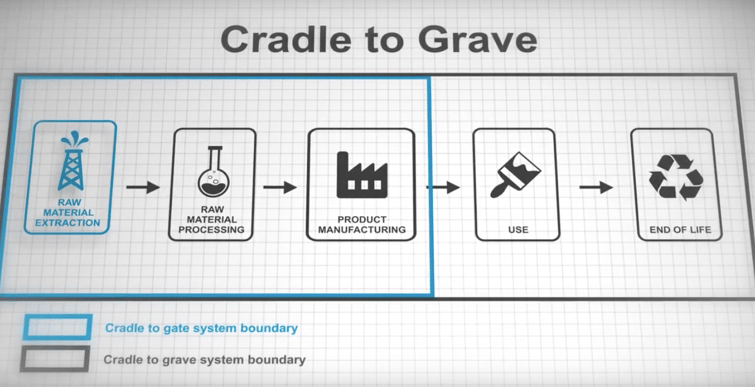
Cradle-to-grave: impact of the end-user on sustainable textile printing
The lifecycle of a product does not end at the factory gates. The way the customer uses the product also affects the environment. In this phase of the lifecycle, manufacturers like SPGPrints can only help customers by application support to reduce their environmental influence.
The whole lifecycle - gate-to-grave - is hard to put in numbers. The main reason for this is the large variety of end-users. Fabrics and designs can vary broadly (this influences the number of screens that are required for printing), but there is also a big diversity in the usage of the printer, like the hours per shift and the shifts per day. With rotary screen printing, this diversity is even bigger than with digital textile printing, as the number of colors per design largely influences the number of screens needed in rotary screen printing. In digital textile printing, fabric and design content are the only variables that influence this diversity.
By analyzing the whole lifecycle, we can make an accurate comparison between digital textile printing and rotary screen printing when it comes to water consumption and power consumption. These two factors mainly determine sustainable textile printing.
One of our customers measured the water use per linear meter of print by producing exclusively with rotary screen printing for one week and the next week exclusively with digital textile printing. For rotary screen printing, they measured that they use between 50-60 liters of water per linear meter on average, while for digital textile printing only 14-20 liters of water were used: a saving of almost 70%. If all linear meters in the world during one year were printed by digital textile printers instead of conventional printing, we would save 760 billion liters of water, which could provide each human being on the planet with 2 liters of clean fresh water per day for 50 days.
When we look at the power consumption, we see that rotary screen printing uses 340.000 m3 of gas and 400.000 kWh of electricity per year per printer. Using digital textile printers, 55% of that energy can be saved. If everybody would change from rotary to digital textile printing, we would save 800 Mio m3 of natural gas and around 1.000 GWh of electricity. This equals the gas consumption of 500.000 households in the Netherlands for one year and the yearly electricity consumption of 285.000 Dutch households.
The future of sustainable textile printing
Sustainable textile printing is becoming more and more important in the industry. With the future in mind, we need to make the right decisions when it comes to printing techniques. Printing textiles with digital technology definitely contributes to a more sustainable world, although the main limitation is the cost per linear meter. But how accurate can we know the difference in cost? The cost of a rotary printed meter is less constant than the digital variant.
Comparisons show that digital textile printing is the more sustainable option for textile printing, but there is still a long way to go. Steaming and washing, in particular, still are using a considerable amount of water and energy. A digital option in which steaming and washing are no longer necessary could be the future of printing. Until then, let’s do anything we can to print as sustainably as possible.
A strategic advantage of transitioning to digital printing is that your production becomes more sustainable. Wondering what other strategic benefits are achievable and what is needed to make that transition? Download our strategic guide and find out.
